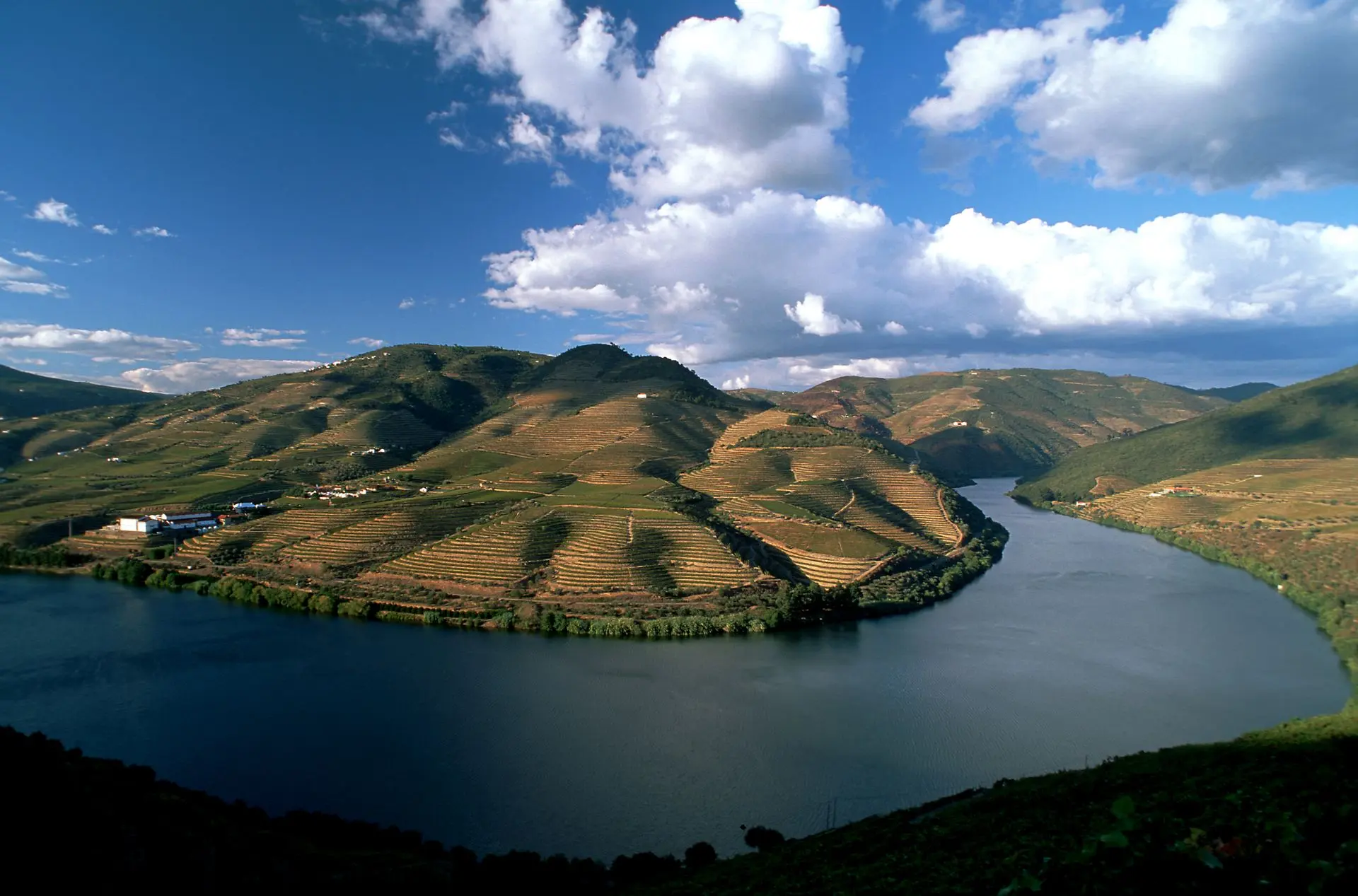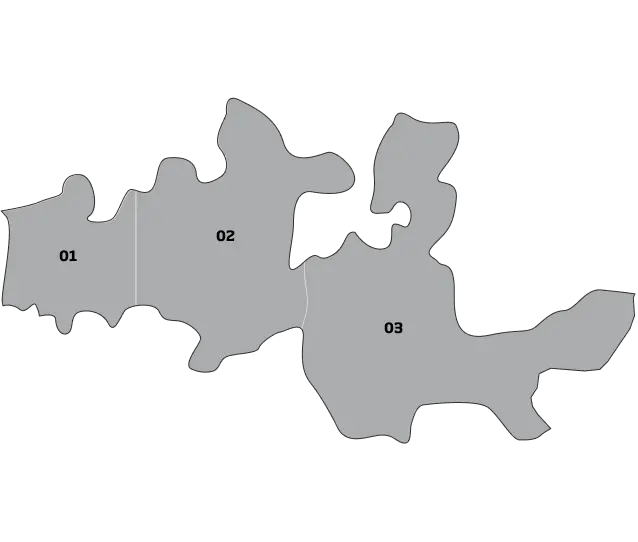
Porto e Douro
Sub-regions:
01: Baixo Corgo
02: Alto Corgo
03: Douro Superior
The Douro region
The Douro is one of the wildest and most rugged regions of Portugal, shaped by the valley of the Douro River and characterised by poor schist soils. Human intervention is very visible here, with thousands of terraces that defy gravity on the steep slopes. For its beauty, the region is listed as a UNESCO World Heritage site.
Stretching from the Spanish border to about 90 km from Porto, the Douro is a mountainous region protected from the Atlantic influence by the Serra do Marão. The climate is dry, with cold winters and very hot summers, ranging from moderate rainfall in the west to near-aridity close to the border.
This is where the famous Port wine is born, ambassador of Portuguese wines, accompanied for two decades by the still wines of the Douro, which are gaining recognition.
The region is divided into three sub-regions:
- Baixo Corgo: the coolest and wettest, with the highest density of vines.
- Cima Corgo: the heart of the Douro, producer of the finest Port wines.
- Douro Superior: the largest, the hottest and driest, with extreme conditions.
The Douro is rich in indigenous grape varieties, with hundreds of types and old vineyards often planted in complex blends. Among the major red grape varieties for Port, there are Tinta Barroca, Tinta Roriz, Tinto Cão, Touriga Franca, and Touriga Nacional. Important white grape varieties include Gouveio, Malvasia Fina, Moscatel, Rabigato, and Viosinho, as well as the red varieties Sousão and Tinta Amarela (Trincadeira).
